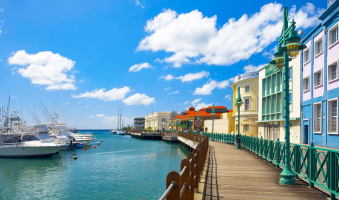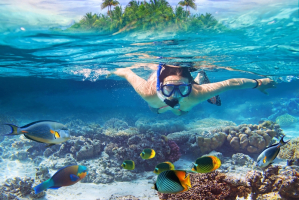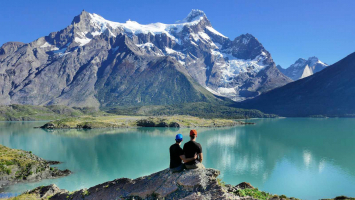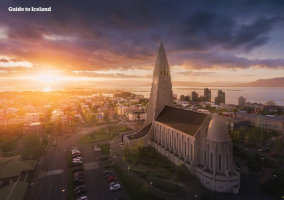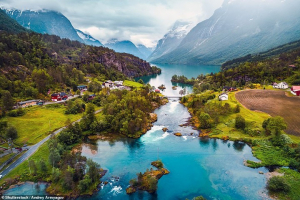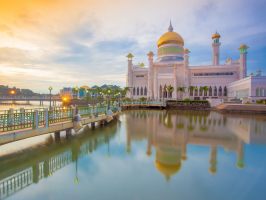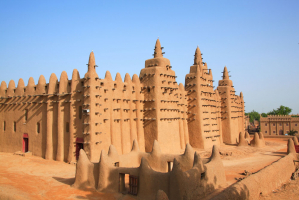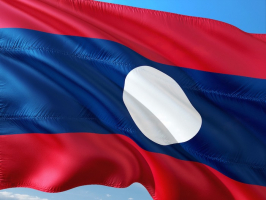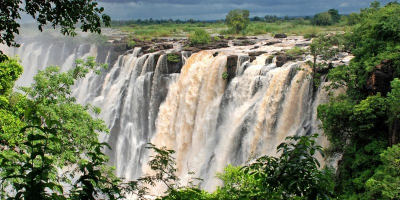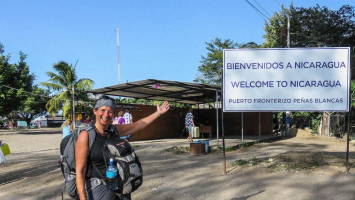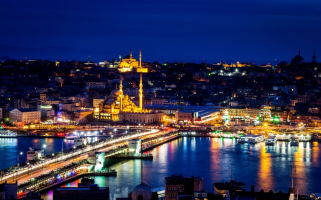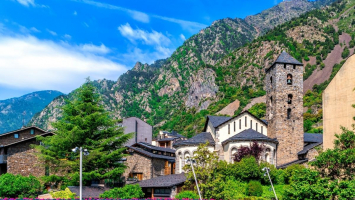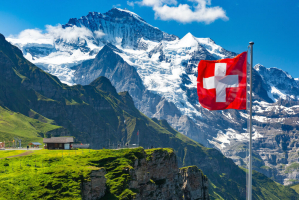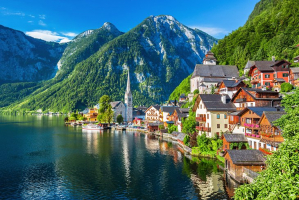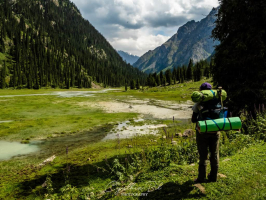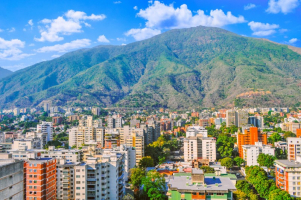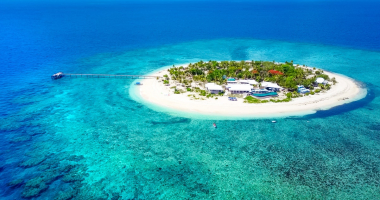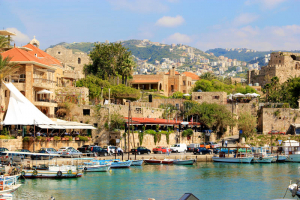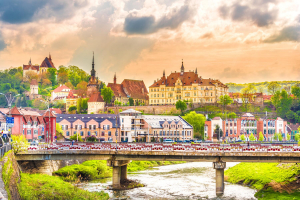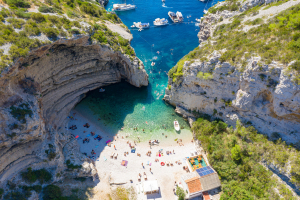Top 8 Things About Burundi You Should Know
Burundi is a tiny country on Lake Tanganyika's coastline. It is bounded on the east and south by Tanzania, on the west by the Democratic Republic of the Congo, ... read more...and on the north by Rwanda. Burundi is an excellent area to visit as a tourist because of its pleasant temperature, welcoming friendliness, and fascinating attractions to see. Here are Things About Burundi You Should Know to visit Burundi at least once in your life.
-
Burundi has a number of tourist attractions, that is one of the Things About Burundi You Should Know, most of which are related to the country's exploratory past. The Livingston and Stanley stone, located 12 kilometers (7.45 miles) south of Bujumbura, the capital, is a memorial to commemorate the trip of the two British explorers. Burundi also has a Burton and Speke Memorial, which is located close to the borders of Tanganyika in Nyanza Lac. According to historians, Burton and Speke, both British explorers, spent some time there before continuing on their voyage in the late 1800s. Burundi also has the Germans' Gorge, which is located in southern Burundi near the Tanzania-Burundi border. This is thought to be where Burundi's first monarch came from before traveling to central Burundi and proclaiming himself king.
Though tourism in Burundi is not as established as in other countries such as Uganda, Rwanda, Kenya, Tanzania, and the Congo, it nevertheless allows visitors to enjoy unspoiled nature and see Africa as it is, without any modernization. Burundi safaris can be organized for visitors once they have seen some of the country's wild and natural areas. Burundi might also be a stopover for your Rwanda safari gorilla trekking or any other tourist activities in the region, such as wide wildlife watching, wild beast migration, and boat safaris, among many others. Contact a tour operator of your choosing to assist you in planning the finest safari to Burundi and neighboring countries.
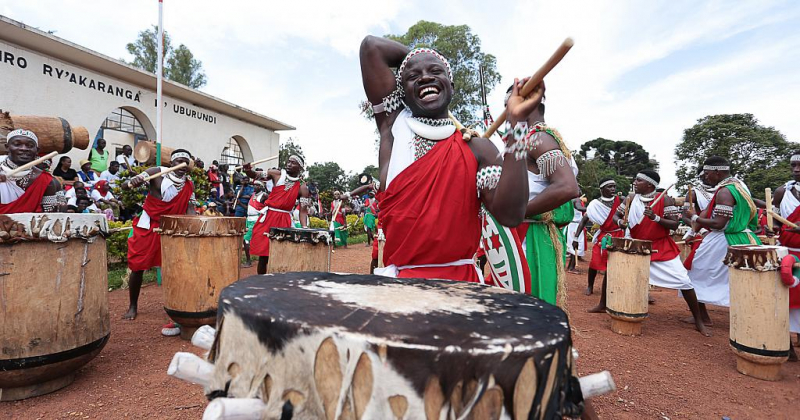
africanews.com 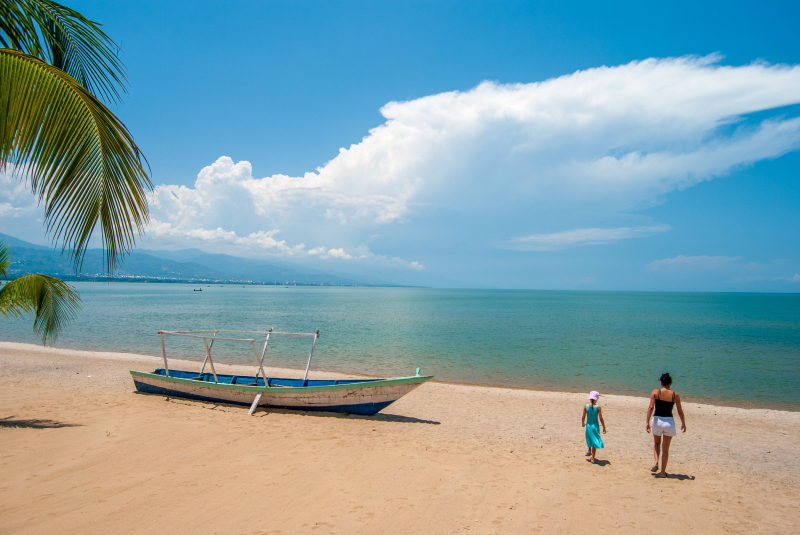
africanews.com -
Burundi, 70 miles southeast of the busy metropolis of Bujumbura, is home to the Nile River's southernmost source—possibly. In truth, the Nile has several origins. However, this mountain stream in Burundi is most likely the river's southernmost source, as it flows through numerous nations before emptying into the Mediterranean. It also has a pyramid.
The Nile is the world's longest river, stretching for approximately 4,100 km. The White Nile, Blue Nile, and Atbara are its three primary tributaries. In 1863, English explorer John Hanning Speke "resolved" the Nile's source by asserting that the endpoint was Lake Victoria. The Nyabarongo River, which flows from Rwanda's Mount Bigugu, and the Ruvyironza (later Ruvubu) River, which flows from Burundi's Mount Kikizi, are the two major rivers that pour into that reservoir. This later source was discovered by German adventurer Burkhart Waldecker. Regardless, the location is worth a visit. A spring around 100 kilometers from the city is most likely the Nile's southernmost source, and it can be seen because of the Pyramid that was built there.
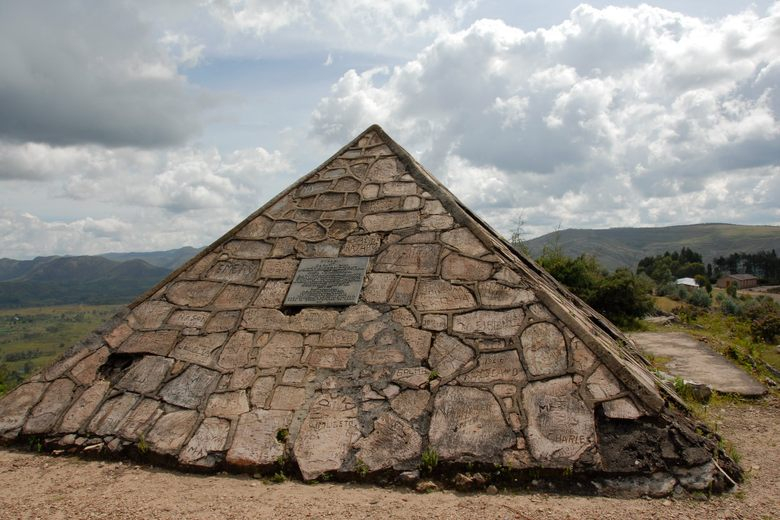
atlasobscura.com 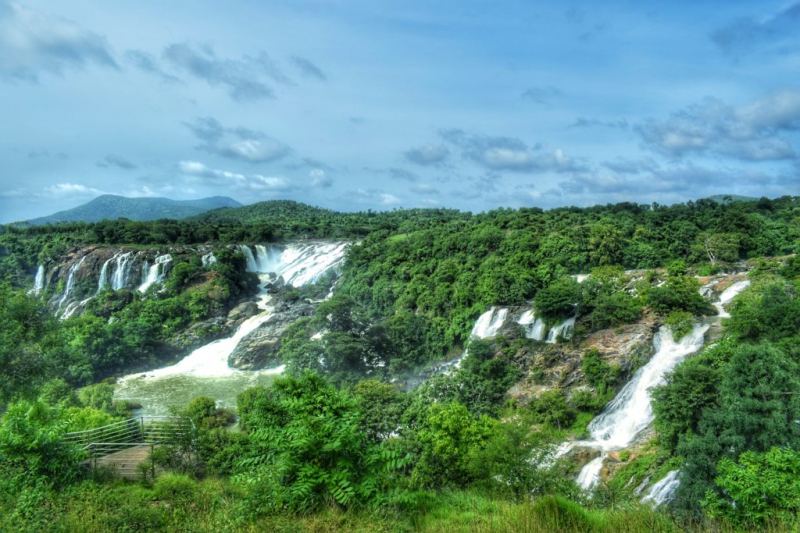
atlasobscura.com -
This lake's shoreline is lined with beaches that reach from the capital city of Bujumbura all the way to Nyanza Lac in southern Burundi, closer to Tanzania. The most popular Lake Tanganyika beaches include La Costa Beach, Yucca Beach, and others, which is one of the Things About Burundi You Should Know. Hippopotamuses may also be seen emerging from the water and relaxing on the beaches with humans. Most of the time, they are not hostile at all, and occasionally, especially at karaoke time, they march onto the streets and stay there without causing any harm.
The lake and the various rivers that feed into it, estimated to be 9-13 million years old, have formed a stunning ecology dispersed with ravines, woodland, and cascading waterfalls spanning to the Mahale Mountains, ideal for hiking and chimp trekking. The lake is ideal for snorkelers and scuba divers because of the vividly colored cichlids (an indigenous species) and pristine waters (not all parts of the lake are Bilharzia free so check before diving in).
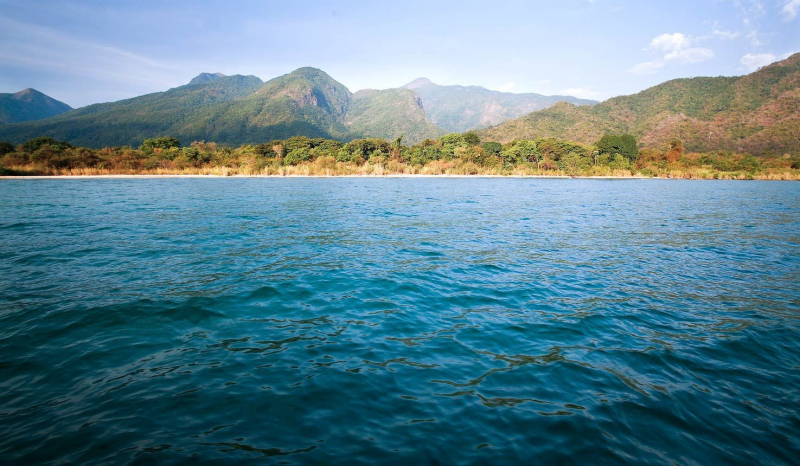
kimasafaris.ch 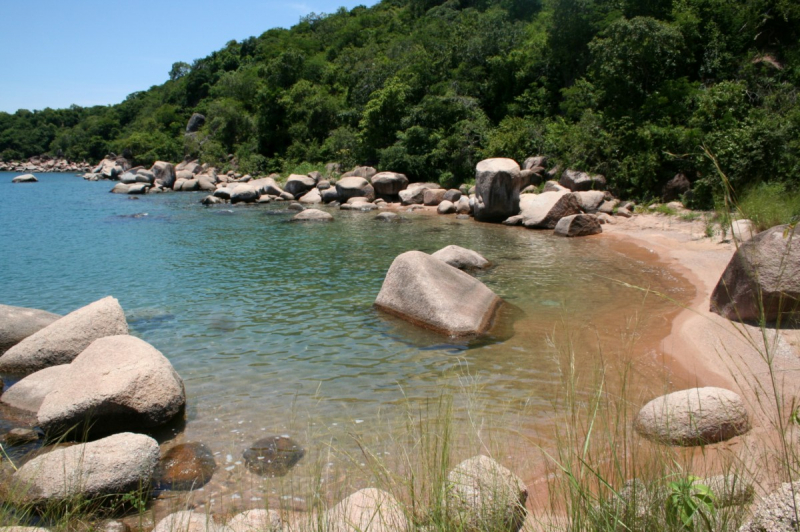
kimasafaris.ch -
Burundi has more than ten thermal water sites spread around the nation, albeit not all of them are operational. Thermal water locations are considered therapeutic and are frequented by many people who claim to suffer from rheumatism. It is both a treatment and a nice area to swim in for visitors. Feel the warmth of this hot water that has been drawn directly from the center of the Earth.
Burundi has two significant hot springs that are thought to have medicinal properties. The eruption of geothermally heated groundwater from the earth's crust causes hot springs. The temperature of rocks within the ground rises as one goes deeper. When water percolates far enough into the crust and comes into contact with hot rocks, it gets heated. Cracks stretching down towards the extremely high temperatures of the mantle generate hot springs, and water seeping downhill is heated and driven back up under pressure to bubble.
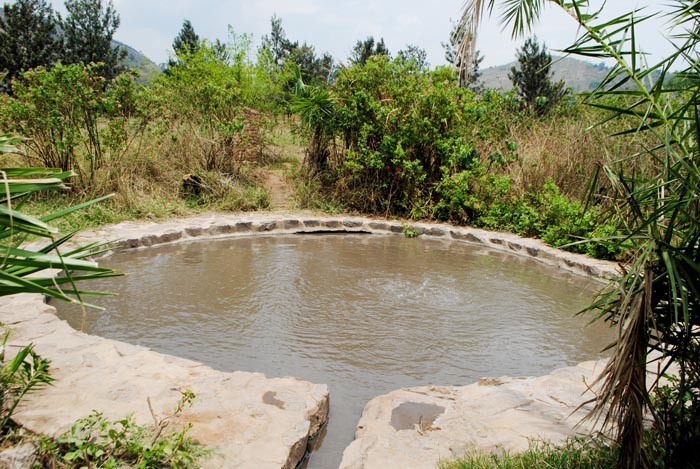
burundi-eco.com 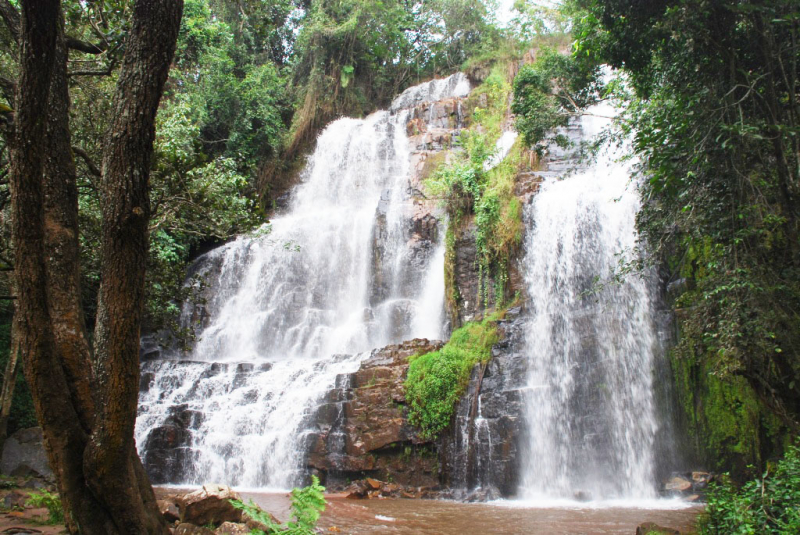
burundi-eco.com -
Burundian food and drinks are distinctive, and they are one of the Things About Burundi You Should Know. Burundi is located in East Africa and boasts a landscape that includes mountains, savannas, and agricultural plains, as well as woods in the vicinity of rivers and lakes. Agriculture covers 80 percent of the country's land area and includes coffee, tea, corn, beans, and manioc. Burundi cuisine is particularly symbolic of African culinary culture since it includes beans, which are the backbone of Burundi food, exotic fruits (mostly bananas), plantains, sweet potatoes, cassava, peas, maize, and cereals such as corn and wheat. An important consideration when analyzing Burundian cuisine is the country's economic situation: Burundians typically consume handmade meals from homemade vessels that are also used for drinking, transporting water, and storing grain.
Lake Tanganyika is home to a diversity of fish that are not found anywhere else. Tanganyika is home to Sangala (also known as the captain), Mukeke, and Ndagala, which are only found in Burundi. Burundi also has some traditional cuisine and beer, which may be purchased at Bujumbura's Musé Vivant stores. It is a tourist attraction near the National Radio and Television Centre where visitors may see animals and sip a local beer. Sorghum beer, honey liquor, and banana wine may be sampled at Musé Vivant in Bujumbura. They are all produced in a traditional manner and served in traditional calabashes.
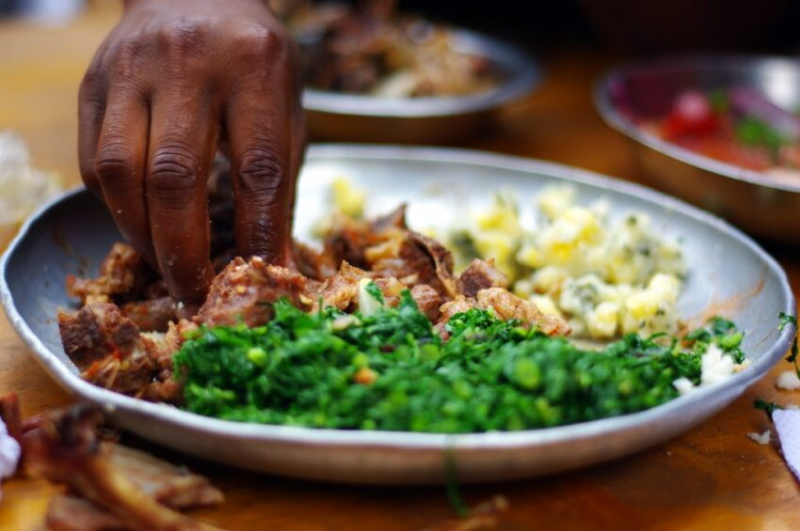
thetravelhackinglife.com 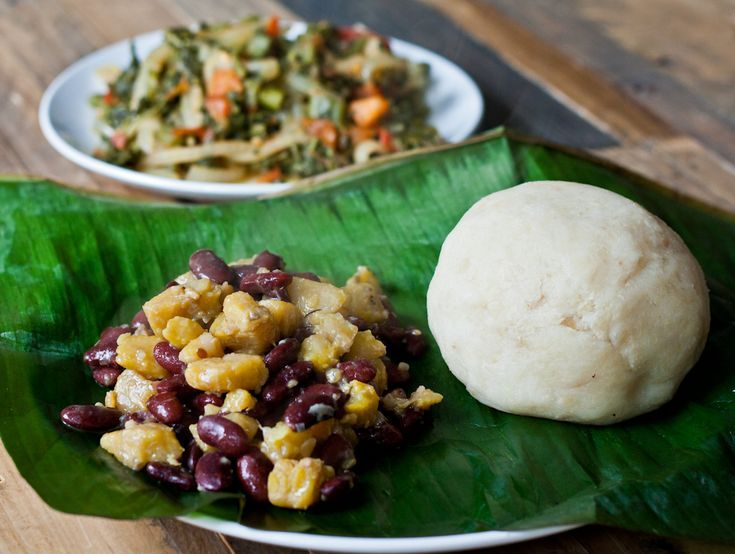
thetravelhackinglife.com -
Burundian drumming performances are one of the Things About Burundi You Should Know. In this landlocked east African country, drums are banged to honor life. Drummers use the Burundian flag colors of white, red, and green, and their performances may be observed in several regions of the nation, particularly in Bujumbura. Visitors can observe them during rehearsals or formal events. You may also go to Gishora Drum Site in Gitega Province (Central Burundi), which is a traditional drumming location where ancient and new drums are maintained in traditional houses.
The royal drum ceremonial dance is a show that combines forceful, coordinated drumming with dancing, heroic poetry, and traditional music. Burundi's whole population sees it as an important part of its tradition and identity. The dance requires at least a dozen or so drums set in a semicircle around a central drum, usually in an odd number. Several are hammered in a continuous rhythm, while the others follow the center drum's beat. The beat is then performed by two or three drummers. Drumming rituals are done during national or local feasts to welcome important visitors and are thought to awaken ancestral spirits and drive out bad spirits.
Bearers are recruited from sanctuaries around the country, with many descended from drum sanctuary guards. The royal drum's ritual dance, the ideals it represents, and the specific drum-making talents are passed down mostly via practice, but also through formal instruction. Today, the royal drum ceremonial dance provides an opportunity to impart cultural, political, and social themes, as well as a privileged way of bringing people of all generations and backgrounds together, so boosting unity and social cohesion.
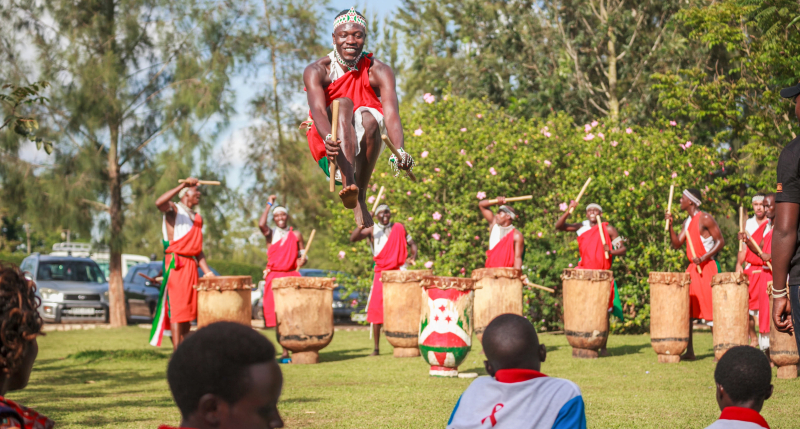
pan-african.net 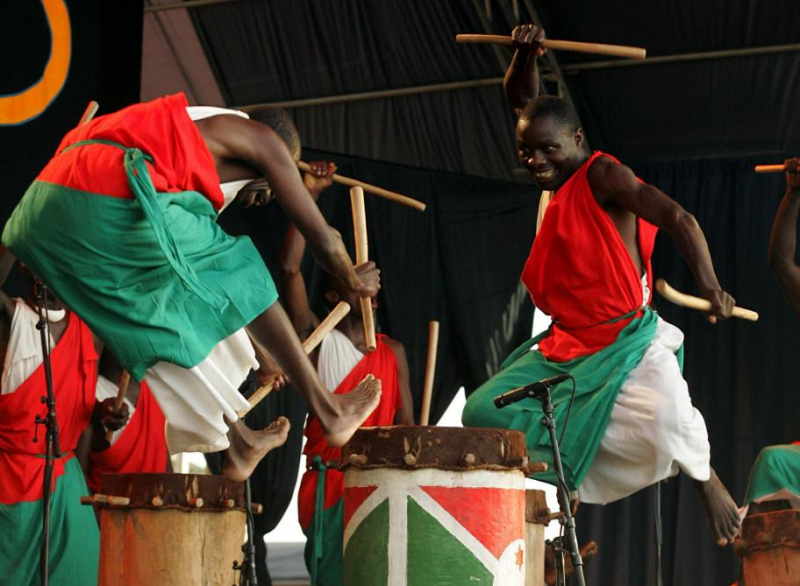
pan-african.net -
Burundi has a large number of coffee and tea farmers, and one of the Things About Burundi You Should Know Most people are familiar with Nestlé coffee cans and tea packs. However, before the final stage, Burundi mountain people work with coffee and tea plantations multiple times before harvest. In certain locations, owning and maintaining a coffee plantation has become a way of life. Visit the farmers in their houses to witness their crops and how coffee and tea are processed before export.
Despite having 600,000 coffee producers, Burundi is a minor participant in worldwide coffee markets, working in a competitive climate. Improving productivity and competitiveness will not happen simply by increasing output, as local leaders understand. What this little African country actually needs is quality improvement throughout the value chain, as well as a focus on the lucrative specialty coffee markets. Such efforts will enable the country's products to be distinguished. It will also act as a stronger buffer against the inevitable periods of low pricing.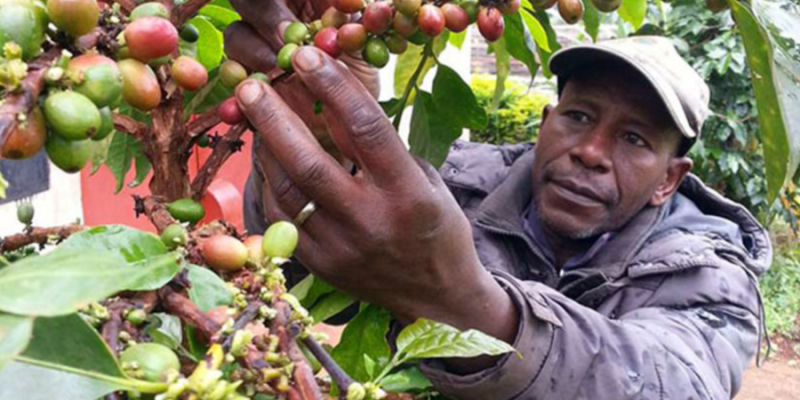
furtherafrica.com 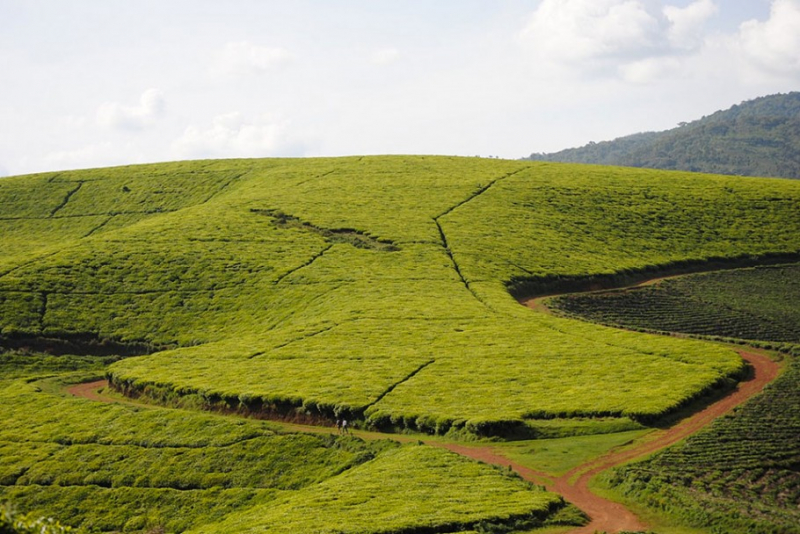
furtherafrica.com -
Burundians are well-known for their hospitality. In Kirundi, a guest, or "Umushitsi," is honored and safeguarded. Rather than expecting the foreigner to attempt to speak the local language, it is normal for a local to attempt to speak the visitor's language and give assistance. This fondness for tourists is a historical legacy, since hospitality was a cornerstone of Burundian society long before annexation by Germany and Belgium.
Years of political upheaval in the nation may have hampered cultural growth, but they have not prevented the preservation of many remarkable local customs that are unique to Burundi. Beautiful basketwork, masks, ceramics, sculptures, textiles, and even shields are created by local craftsmen. Burundians have an extensive drumming tradition. Burundi's world-famous Royal Drummers play traditional instruments like the ikiranya, amashako, karyenda, and ibishikiso. Dance is usually performed with performances. Abatimbo is a popular one for rites and formal celebrations. The majority of Burundians are Christians. The majority of the population is Roman Catholic, with Pentecostal and Anglican minorities. Animism is practiced by a tiny fraction of the population. A tiny Muslim community also exists.
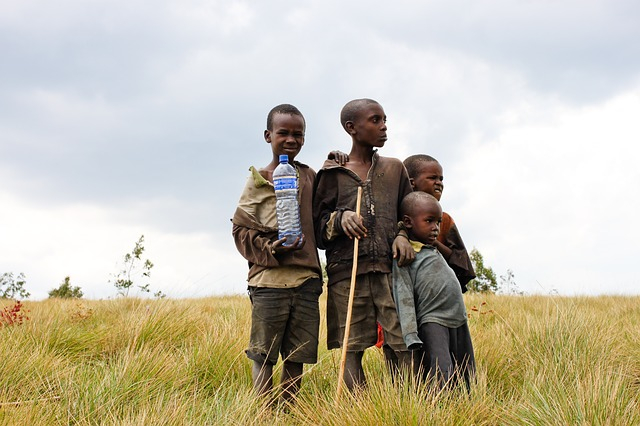
worldfootprints.com 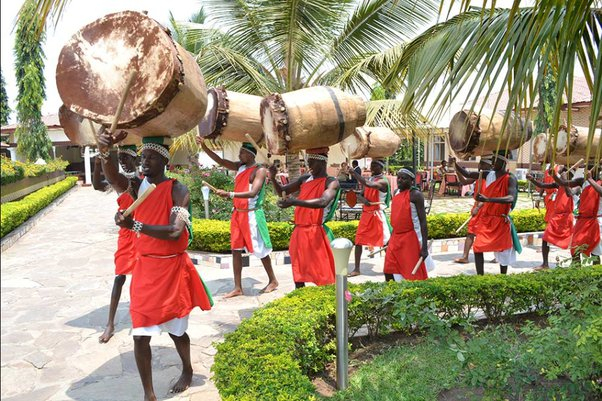
worldfootprints.com










